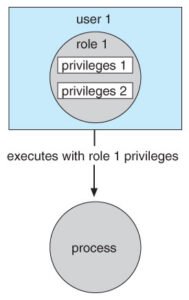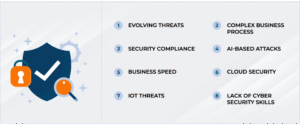Protection vs Security
In the context of operating systems and computing environments, the terms protection and security are often used together—but they refer to two distinct aspects of system design and management. Both play essential roles in safeguarding data and resources, but they focus on different levels of control and defense.
Understanding the difference between protection and security is important for anyone working with or managing computer systems.
What is Protection?
Protection is concerned with controlling access to system resources within a computer or operating system. It defines what a user or a program is allowed to do once access to the system has been granted.

It primarily focuses on:
- Internal access control
- Preventing unauthorized use of files, memory, or devices by users or processes
- Managing permissions within a system
Examples of Protection:
- File permissions that allow read, write, or execute access
- Process isolation that prevents one program from modifying another’s memory
- Role-based access to system-level functions
Goal of Protection:
Ensure that legitimate users or processes only access the resources they are authorized to use, according to clearly defined policies.
What is Security?
Security, on the other hand, deals with preventing unauthorized access to the system from outside or within. It includes mechanisms for identifying users (authentication), defending against attacks, and detecting breaches.
It focuses on:
- Protecting the system as a whole from external threats (hackers, malware, intrusions)
- Managing user authentication and encryption
- Securing communication and data transmission
Examples of Security:
- User login with password and two-factor authentication
- Antivirus and firewall software
- Network-level encryption for data transmission

Goal of Security:
Keep unauthorized users out of the system and protect sensitive data from being leaked or compromised.
Key Differences at a Glance:
| Aspect | Protection | Security |
|---|---|---|
| Scope | Internal control within the system | External and overall system defense |
| Purpose | Manage access rights for users/processes | Prevent unauthorized access and threats |
| Focus | Resource usage restrictions | System and data safety |
| Example | File permissions, memory isolation | Firewalls, encryption, authentication |
Why the Distinction Matters
- A system with strong security but weak protection might block outsiders but still allow one program to tamper with another’s memory.
- A system with good protection but no security might control internal access well but be vulnerable to external attacks.
Modern operating systems and enterprise systems must implement both effectively to ensure a complete security architecture.